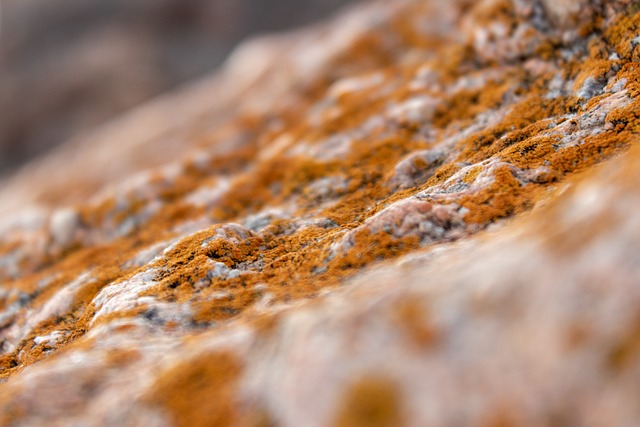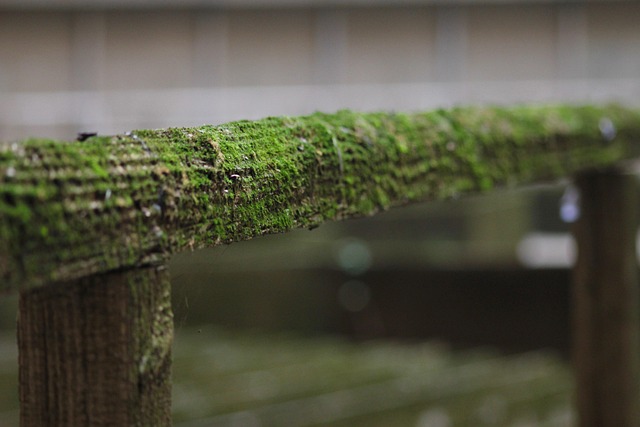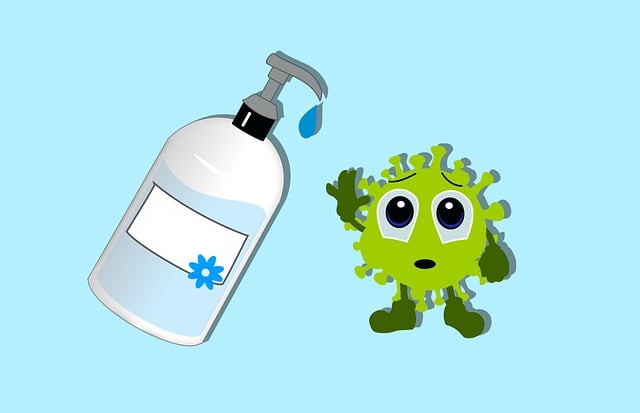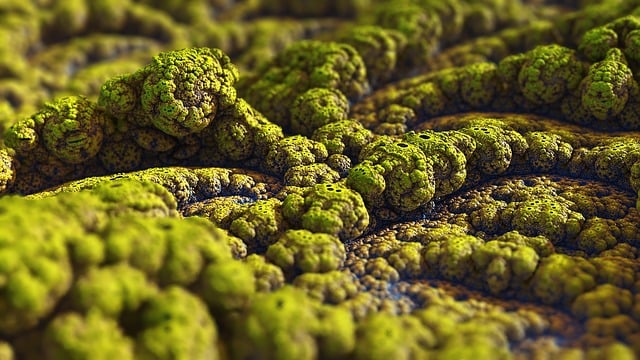Grout sealing is a powerful method to protect tiles from mold, mildew, and stains in high-humidity areas like bathrooms and kitchens. By creating an impenetrable barrier with a high-quality sealant, it repels water and moisture, slowing mold growth and simplifying stain removal. This not only enhances aesthetics but also saves time and money on costly repairs. Regular cleaning and monitoring humidity levels are essential for maintaining the effectiveness of grout sealing. Eco-friendly products have proven to be effective game-changers in combating mold and stains, as demonstrated by real-world applications in schools and spas.
Grout sealing is an essential step in maintaining a healthy, aesthetically pleasing home. This eco-friendly practice offers a powerful solution to common problems like mold growth, water stains, and discolored grout. By understanding the crucial role of grout in your home’s overall well-being, you can appreciate why sealing it is a game-changer. This comprehensive guide explores effective methods to prevent mold and stains, focusing on eco-conscious options and practical application techniques for long-lasting results.
Understanding Grout Sealing and Its Benefits

Grout sealing is a process that involves applying a protective coating to grout lines in order to prevent mold, stains, and water damage. It’s an essential step in maintaining the cleanliness and longevity of your tiled surfaces, especially in areas prone to moisture like bathrooms and kitchens. By sealing the grout, you create a barrier that repels water and prevents harmful bacteria, algae, and mildew from thriving.
This technique offers numerous benefits beyond aesthetics. Sealed grout lines are easier to clean, requiring just a simple wipe-down rather than rigorous scrubbing. It also protects against discoloration caused by stains from soap scum, hard water deposits, or even food and drink spills. Moreover, sealing helps maintain the overall integrity of your tiles, preventing damage and ensuring they stay looking fresh and new for longer periods.
The Role of Grout in Your Home's Health

Common Issues with Unsealed Grout

Unsealed grout can lead to a host of issues that not only compromise the aesthetics of your space but also pose potential health risks. Mold and mildew are common invaders in areas with high humidity, such as bathrooms and kitchens, where grout is often left unprotected. These microscopic organisms thrive in dark, damp environments, quickly forming visible stains that can be challenging to remove. Over time, mold and mildew not only discolor grout but also weaken its structural integrity, leading to larger cracks and gaps.
Additionally, unsealed grout can attract and trap dirt, grease, and other pollutants, making it difficult to maintain a clean and sanitized environment. These contaminants can cause stains and discoloration, further exacerbating the problem. In terms of grout sealing to prevent mold and stains, a well-applied sealer acts as a protective barrier, repelling water and preventing moisture from penetrating the grout lines. This, in turn, slows down the growth of mold and mildew and makes stain removal easier when it does occur.
Preventing Mold Growth: A Comprehensive Approach

Grout sealing isn’t just about enhancing aesthetics; it’s a comprehensive strategy to prevent mold growth and stains, two common issues that can plague tiled spaces. When left unchecked, mold not only compromises air quality but also damages surfaces over time. A sealed grout acts as a protective barrier, preventing water penetration and moisture buildup—the breeding grounds for mold spores.
This multi-layered approach involves using specialized grouts and sealers designed to repel water and resist stains. These products create an impenetrable surface that deters dirt, grime, and moisture from settling into the grout lines. By blocking these pathways, mold growth is significantly hindered, ensuring your tiled areas remain clean, healthy, and looking their best for years to come.
Choosing the Right Eco-Friendly Sealant

Application Techniques for Optimal Results

When it comes to eco-friendly grout sealing, understanding application techniques is key for achieving optimal results. The first step involves preparing the surface by thoroughly cleaning and drying the grout areas. This ensures that any existing mold or stains are removed, creating a clean canvas for the sealant to adhere to effectively. Using a soft-bristled brush or a vacuum with a specialized attachment can help eliminate dust and debris, allowing the sealant to bond seamlessly with the grout.
Once the surface is ready, selecting the right eco-friendly grout sealant is paramount. Look for products that are water-based and contain no harsh chemicals, as these are less likely to cause environmental harm and are safer for both users and the surrounding ecosystem. Applying the sealant evenly across the grout lines using a grout bag or a small brush will ensure even coverage, which is crucial in preventing mold and stains from forming. Follow the manufacturer’s instructions regarding drying times and apply multiple thin coats if necessary, allowing each coat to dry completely before adding another.
Maintenance Tips to Keep Grout Looking New

Maintaining grout sealing is crucial for keeping your spaces looking fresh and clean. Regular cleaning with a mild detergent and a soft-bristled brush can help remove surface dirt and grime, preventing mold and stains from forming. It’s recommended to do this once a month to ensure optimal results.
Additionally, monitoring humidity levels in your environment is key. High moisture content can expedite the growth of mold and mildew, compromising the effectiveness of grout sealing. Using desiccants or ensuring proper ventilation can help maintain low humidity, extending the lifespan of your sealed grout.
Real-World Success Stories: Grout Sealing in Action

In real-world applications, eco-friendly grout sealing has proven to be a game-changer in maintaining clean and healthy spaces. Many facilities managers and homeowners have successfully employed this method to combat common issues like mold and stains, which often proliferate in traditional grout joints. By using natural, non-toxic sealants, these professionals have achieved remarkable results, ensuring long-lasting protection for their surfaces.
One notable success story involves a school district that implemented eco-friendly grout sealing across its numerous classrooms and bathrooms. The result was a significant reduction in mold growth, leading to improved indoor air quality and happier students and staff. Similarly, a luxury spa embraced this approach, eliminating the need for harsh chemicals while maintaining a spotless appearance throughout its various treatment rooms, showcasing the effectiveness of grout sealing as a sustainable solution for preventing mold and stains.
